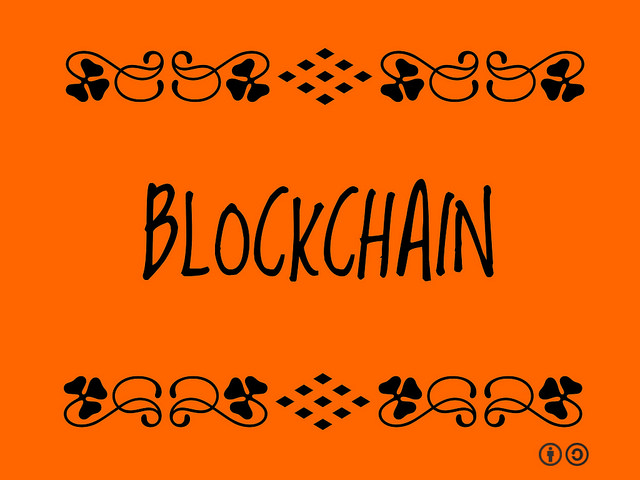
Description of research tools for auditors working in the IT area is courtesy of the AICPA’s Spring 2020 PR Prompts! newsletter. The format of the newsletter is set up to allow firms who provide peer reviews to put their logo and branding information at the top of the newsletter, print it, and send it to all their clients.
Since the AICPA is making it available for firms to use in their marketing, an extract follows.
For ease of reading, following text will not be put into quotation marks even though it is a verbatim quote from the AICPA.
Digital Assets
The digital asset ecosystem is changing and expanding rapidly. For financial statement preparers or auditors, either currently in the digital asset ecosystem, or considering entering it, the AICPA’s Digital Assets Working Group developed a practice aid, which includes vital information for you on how to account for and audit digital assets. It is intended for those with a fundamental knowledge of blockchain technology, is based on existing professional literature and the experience of members of the Digital Assets Working Group and is specific to U.S. GAAP and GAAS.
If your firm is considering accepting or continuing audit engagements that involve digital assets, it is important for you to critically consider the potential risks unique to the digital asset ecosystem and skillsets necessary before concluding on whether to accept or continue an engagement.
Data Integrity
The AICPA’s Assurance Services Executive Committee (ASEC) Trust Information Integrity Task Force has developed new AICPA Criteria for describing a set of data and evaluating its integrity and a background of illustrative use cases for applying criteria. The new criteria can be used to assist management, board of directors, internal auditors, and other stakeholder in determining the relevance of the data to the users’ purpose and making decisions based on that set of data. You can use the new criteria in an attestation engagement on the description or the set of data. In such an examination or review engagement, you use the criteria when evaluating the description, the set of data, or both. The criteria in this document may also be used when you are engaged to provide other nonattest or advisory services to a client. The purpose of the background of illustrative use cases for applying criteria is to provide examples of how and under what circumstances the AICPA Criteria for describing a set of data and evaluating its integrity can be used by entities and CPAs.
AI
The AICPA and CPA Canada have issued two joint publications in the series of resources on Artificial Intelligence (AI).
The first in the series is a foundational resource for all CPAs, A CPA’s Introduction to AI: From algorithms to deep learning, what you need to know. It explains the AI “buzzwords” and terms you have likely been hearing (for example, machine learning, deep learning, robotic process automation, computer vision, etc.), discusses the evolution of data, AI and computing power, and helps you to begin learning about AI and how it might affect your work.
The second in the series not only explores the benefits of an AI-enabled audit and how AI will evolve the audit and the role of the auditor but also considers the change in mindset required to meet the challenges and take advantage of the opportunities this evolution presents. Further, it provides a peek into the next step on the digital journey beyond the current state of AI, as well as the assurance-related opportunities that will directly advancements.
The topics are covered in sufficient detail to enable auditors to begin thinking of ways to use and derive the greatest benefits from – and even embrace – AI. In the process, this publication makes the case for why now is the time for auditors to do just that.
For additional resources, click here.